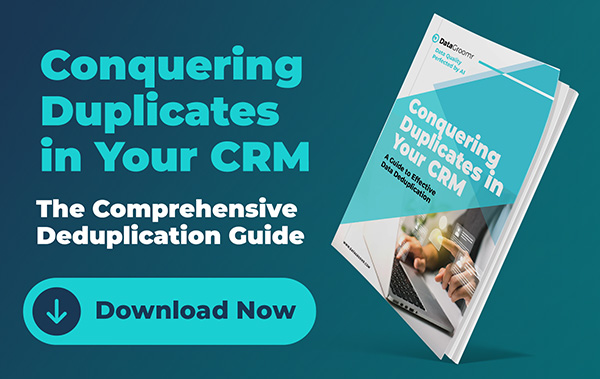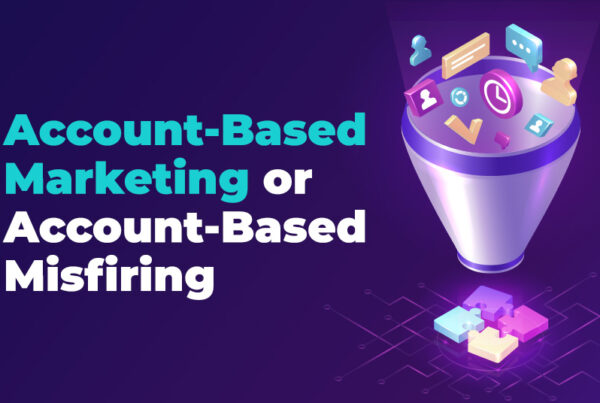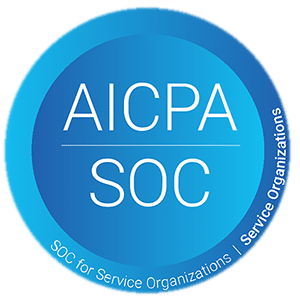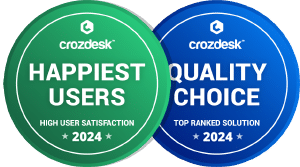
Artificial Intelligence (AI) promises the ability to make smarter choices, make the customer-experience more personal, and make operations leaner. At Salesforce, the concept of AI is not merely a buzzword; it’s incorporated in many features including predictive lead scoring, service recommendations, generative content creation, and real-time personalization. But for all its potential, AI in Salesforce doesn’t work in a vacuum. It depends entirely on one foundational element: unified data. Without it, even the most advanced AI capabilities fall short.
The Pitfall of Fragmented Data
While most businesses are awash in data, much of it is stranded in silos. Sales information resides in Sales Cloud, marketing interactions in Marketing Cloud, customer service records in Service Cloud, and transactional or behavioral data in third-party systems, such as enterprise resource planning (ERP) tools, web analytics, or customer loyalty programs. Each department sees just a slice of the customer journey, and AI is left stitching together an incomplete story.
To illustrate this, consider an AI sales tool that suggests upselling to a customer who has recently lodged a significant service complaint. Since the sales AI is unaware that the customer is not pleased (without access to support data), making this recommendation seems tone-deaf and could ruin the relationship. Likewise, a marketing campaign could be directed at a customer who is already in advanced negotiations with a sales rep, causing confusion and making the organization look disconnected.
Patchwork information compromises trust in AI-created insights. Stakeholders begin to second-guess forecasts, challenge metrics, and disregard automation, not because AI is not working, but because it is blind.
Why Unified Data Powers AI in Salesforce
Salesforce recognizes that fragmented data is the enemy of data intelligence. This is why it developed Salesforce Data Cloud, a real-time platform that integrates customer data from all available sources into a unified customer graph. It extracts information from Salesforce clouds, old systems, websites, mobile applications, and other external data platforms to give a 360-degree profile of every customer.
This layer gives strength to a platform like Salesforce Einstein, an AI that drives features such as:
- Predictive lead scoring, which relies on unified signals from sales, marketing, and service history to rank leads accurately
- Next best action, which uses real-time data to recommend personalized offers or interventions
- AI-generated emails, which need context from the entire customer lifecycle to craft relevant messages
Without combined data, Einstein can behave like someone\ with tunnel vision. Its algorithms may be sophisticated, yet outcomes will never be on track when inputs are incomplete or inaccurate.
Real Use Cases That Depend on Unified Data
1. 360-Degree Customer View
Customers today expect a customized experience based on their entire interactions, not only the last contact. For example, for sales reps to have meaningful conversations, they need visibility into past purchases, service history, marketing activities, and web behavior of customers. Without unified data, they will be flying blind.
Meanewhile, a sales rep with access to unified data can see that a customer has downloaded a product guide last week, opened a marketing email, and even created a technical ticket – before making a call. This transforms a cold outreach into a relevant conversation, which typically leads to higher customer satisfaction and higher conversion rates.
2. Real-Time Personalization
Artificial intelligence is not adept at personalization, unless it is given cross-functional input. If a customer browses hiking gear on a website, AI can recommend similar products or send a follow-up email with a discount — but only if that browsing data is unified in real time.
For example, if a prospective customer attends a webinar and visits a pricing page, unified data allows AI to update lead scores in real time and trigger a timely sales follow-up. Fragmented data would delay this insight — and the opportunity.
3. Intelligent Automation
Automation tools, such as Salesforce Flow and Einstein bots, can only work as well as the data that they process. A chatbot working from incomplete customer records might recommend irrelevant help articles or escalate issues unnecessarily. But when AI automation is driven by data consolidation tools, it can respond more intelligently.
Imagine a customer’s product usage data in an IoT platform that signals a potential failure. With a unified data source, the system can automaticcally create a case in Service Cloud, notify a customer proactively, and assign a field service technician without manual intervention.
4. Accurate Forecasting and Predictive Insights
One of the most important business uses of AI is forecasting. However, useful prediction is only possible when the model can be fed with a full range of inputs, including sales trends, market evolution, support issues, products returns, etc.. Without consolidated data, predictions may be biased, which could result in stock-outs, loss of income or inappropriate distribution of resources.
Converged data ensures that inputs considered are relevant for the forecasting models and that leaders are able to get information they can rely on when making high-stake decisions.
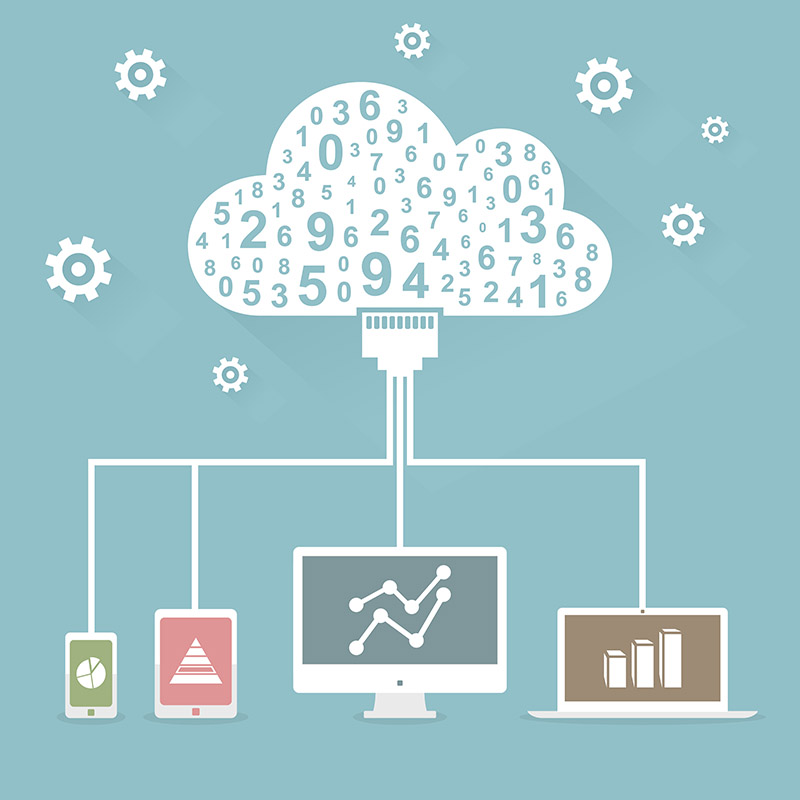
What Happens When Data Isn’t Unified?
Lack of coordinated data causes a domino effect of inefficiency and frustration. Relying on incomplete or conflicting sources can lead AI tools to create:
- Duplicate or conflicting insights across teams
- Slower AI performance, as models constantly reprocess fragmented inputs
- Poor customer experiences, driven by disconnected or irrelevant interactions
- Increased costs from maintaining redundant data pipelines and manual workarounds
- Low adoption and trust in AI tools, as users see them as unreliable or superficial
AI cannot provide the results promised unless there is data cohesiveness. In an environment like Salesforce, where AI is part of user processes, data breakdowns can compromise productivity and achievement of strategic goals.
Unified Data Is Not Optional — It’s Foundational
It’s easy to assume that AI will be able to perform even with fragmented data. But actually, the need for data discipline increases. The more intelligent the tool, the more sensitive it is to data gaps, inconsistencies and blind spots.
At Salesforce, where AI is expected to improve all interactions, including sales calls and marketing journey tickets, data unification is fundamental. Organizations unable to unite their data won’t be able to realize the full potential of Salesforce AI features.
Final Thought: Data Fuels Intelligence
Returning to our original question: is AI helpful when it lacks cohesive data? Theoretically, maybe not — but definitely not in Salesforce. AI is not magic; it is math based on information patterns and probabilities. One way to ensure that those patterns are precise, timely, and actionable is with unified, real-time data.
Unified data isn’t a nice-to-have in the Salesforce ecosystem; it’s essential. Every insight, suggestion, and automation relies on having a complete, accurate picture of the customer. Any company adopting AI and failing to invest in data unification will be attaching a rocket engine to a paper airplane.

